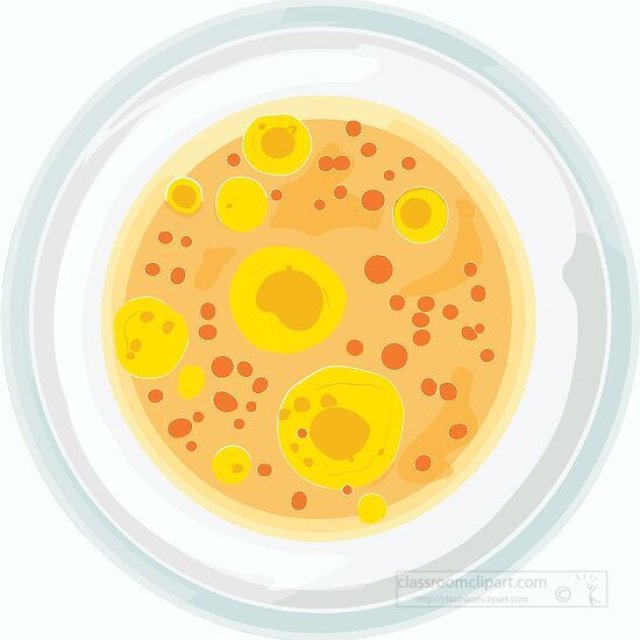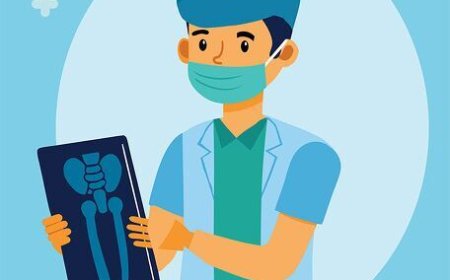Penicillin & Antibiotics for Kids – How They Beat Bacteria and Changed Medicine
Discover penicillin and antibiotics for kids. Learn how Alexander Fleming’s lucky mold discovery led to the first lifesaving antibiotic, how penicillin fights bacteria, and why antibiotic resistance matters today.

💊 Penicillin – The First Antibiotic That Changed Medicine
🌟 Introduction and Summary
Imagine a time when a simple cut or sore throat could lead to a serious illness—even death. That’s how life was before penicillin, the world’s first antibiotic. Thanks to this medicine, doctors could finally treat dangerous infections that once had no cure.
This article will introduce you to penicillin, how it was discovered by accident, how it works, and why it’s one of the most important inventions in medical history.
🧬 What Is Penicillin?
Penicillin is an antibiotic, a type of medicine that kills bacteria or stops them from growing. It works by attacking the walls of bacterial cells, causing them to break apart and die.
Penicillin only works against bacterial infections, not viruses like colds or the flu.
🧪 Scientific Background: How Antibiotics Work
Antibiotics like penicillin work by:
- Targeting bacteria, not human cells.
- Blocking the bacteria’s ability to build cell walls.
- Causing the bacteria to die, which helps your body heal.
Penicillin is part of a large group of antibiotics called β-lactams, and it works especially well against bacteria like strep, staph, and pneumonia.
🧫 The Discovery of Penicillin
👨🔬 Who Discovered Penicillin?
Penicillin was discovered in 1928 by British scientist Alexander Fleming. Here’s how it happened:
Fleming was growing bacteria in a lab dish when mold accidentally contaminated it—and he noticed it was killing the bacteria around it. The mold, Penicillium notatum, produced a substance that destroyed harmful bacteria.
Fleming had found a natural bacteria‑killer and named it penicillin.
🧪 Turning Penicillin into Medicine
Even though Fleming discovered penicillin, it took over 10 years to develop a way to make it into a usable drug.
In the 1940s, scientists Howard Florey, Ernst Chain, and Norman Heatley figured out how to grow large amounts of penicillin and purify it. During World War II, penicillin was used to treat infected wounds and saved thousands of lives.
🌍 Why Penicillin Was So Important
Before antibiotics, infections like strep throat, pneumonia, or wound infections were often deadly. With penicillin, doctors could treat these illnesses quickly and effectively.
Penicillin paved the way for many other antibiotics, which have saved hundreds of millions of lives worldwide.
🏥 Diseases Treated with Penicillin
Penicillin and related antibiotics are used to treat:
- Strep throat
- Ear infections
- Pneumonia
- Skin infections
- Sinus infections
- Certain sexually transmitted diseases (STDs)
Penicillin does not work against viral infections like colds, flu, or COVID-19.
⚠️ Antibiotic Resistance
Over time, some bacteria become resistant to antibiotics, meaning the medicine no longer works. This often happens when antibiotics are used too often or incorrectly.
To help prevent resistance:
- Only take antibiotics when prescribed by a doctor.
- Always finish the full course, even if you feel better.
- Never use leftover antibiotics or share them.
👨⚕️ Famous Figures in Penicillin History
| Name | Contribution |
|---|---|
| Alexander Fleming | Discovered penicillin (1928) |
| Howard Florey | Developed methods to turn penicillin into medicine |
| Ernst Chain | Worked with Florey to mass‑produce it |
| Norman Heatley | Devised techniques to grow the mold at scale |
📘 Kid-Friendly Summary
Penicillin is a medicine that kills harmful bacteria. It was discovered by Alexander Fleming when mold grew in his lab by accident. As the first antibiotic, it revolutionized medicine, treating infections and saving millions of lives. Today, we must use antibiotics responsibly to keep them effective!
⭐ Interesting Facts
- The name “penicillin” comes from the mold Penicillium, which looks like a paintbrush under a microscope.
- Penicillin was called a “wonder drug” after it saved soldiers during World War II.
- Over 100 different antibiotics have been developed since penicillin’s discovery.
- Before antibiotics, even a small cut could lead to deadly infections.
- Fleming warned early on that misusing antibiotics could lead to resistance—and he was right!
🔑 Key Takeaways
- Penicillin is the first antibiotic and destroys bacterial cells.
- It was discovered by Alexander Fleming in 1928 by accident.
- It enabled effective treatment of deadly infections and saved millions of lives.
- Scientists Florey, Chain, and Heatley developed methods to mass‑produce it.
- Responsible antibiotic use is essential to prevent resistance.
📚 Vocabulary Words
| Word | Definition |
|---|---|
| Antibiotic | Medicine that kills or stops the growth of bacteria |
| Bacteria | Tiny organisms that can cause infections |
| Resistance | When bacteria change so antibiotics no longer work |
| Mold | A fungus that can grow on moist surfaces |
| Penicillium | The mold that produces penicillin |
| Infection | Illness caused by harmful germs |


















































